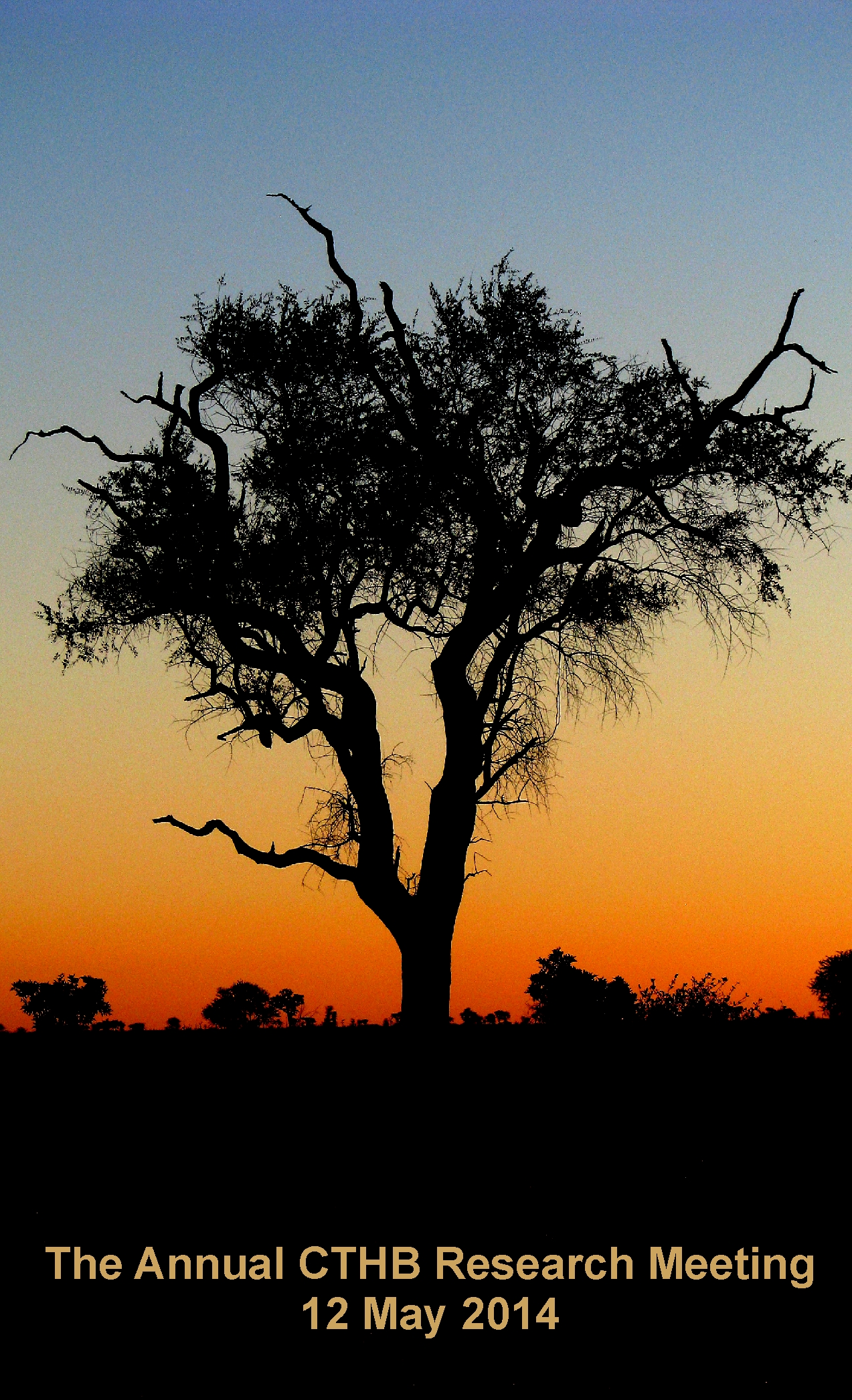Seeing the Forest for the Trees: The Annual CTHB Research Meeting 2014-05-12

Autumn is seen as the season of change. Apart from the figurative connotations, we also start to feel the mornings getter colder, the sun setting earlier. More importantly, we become quite aware of our deciduous woody friends who richly shed their leaves across our streets and driveways. For some, this is a joyous occasion. Others are undoubtedly muttering words of disdain as they clean their gutters on a Saturday morning. Whichever the case may be, there is no doubt that trees are life-giving entities across all hierarchies of needs - from their fiber and food, to their aesthetic value. Unfortunately, many of the trees you see this autumn, which you might have perceived as being deciduous, are actually sick. Due to pest and pathogens, many of our native tree species are dying at unprecedented rates. Fortunately, the DST-NRF Centre of Excellence for Tree Health Biotechnology (CTHB), seated at the University of Pretoria, has risen to become the national guardian of our native tree heritage. Every year the CTHB organizes a research get-together, to showcase some of the important research currently underway to help keep our native trees healthy. It is thus very apt that this truly important research meeting is being held in autumn each year.
Selected CTHB-funded postgraduate students from across the country give presentations in this one-day research meeting. Moreover, each year many prominent plant-health scientists from across the globe are also invited, which provides a great opportunity for these budding scientists to interact with established researchers. This year included, among many, Dr Manuel Mota, a well-known nematologist from the University of Évora in Portugal, Prof Diana Six, forest entomologist from the University of Montana in the USA, as well as Dr Treena Burgess, a top forest pathologist from Murdoch University in Australia. This year’s meeting was held on the 12th of May (2014), at the remarkable Plant Sciences Auditorium at the University of Pretoria’s Hatfield Campus. Twelve students, and, for the very first time in the CTHB’s annual meeting history, a postdoctoral fellow, gave 15-minute long presentations relating to their research. The presenting students represented five universities - Stellenbosch University, Rhodes University, University of the Free State, University of the Witwatersrand, and of course, University of Pretoria (the last university having the highest representation). The research topics discussed were highly diverse, ranging from those aspects of plant physiology which helps to sustain a healthy tree, to a more socio-ecological perspective of the value of healthy forests for sustaining rural livelihoods. This broad range of research topics was a striking feature of this meeting, and highlighted the complexity of native tree pest and pathogen interactions, and the role that inter-disciplinary science plays in finding the answers to native tree demise in South Africa. It is, therefore, difficult to single out one talk that stood out, as they were all unique and relevant. However, the talk, or perhaps, wake-up call by Rofhiwa Nesamart (FABI), concerning the diseases and pests which threatens our magnificent native cycads, were highly telling of what we are about to lose if not for the continuation of tree health research by the CTHB. Overall, this was a great showcase of contemporary problem-solving, and it is clear that in promoting such a multi-disciplinary approach to tree-health problem-solving, the CTHB is indeed seeing the forest for the trees.
by Casper Crous
Photo gallery of this meeting. The programme of the day's events is attached as a pdf.


